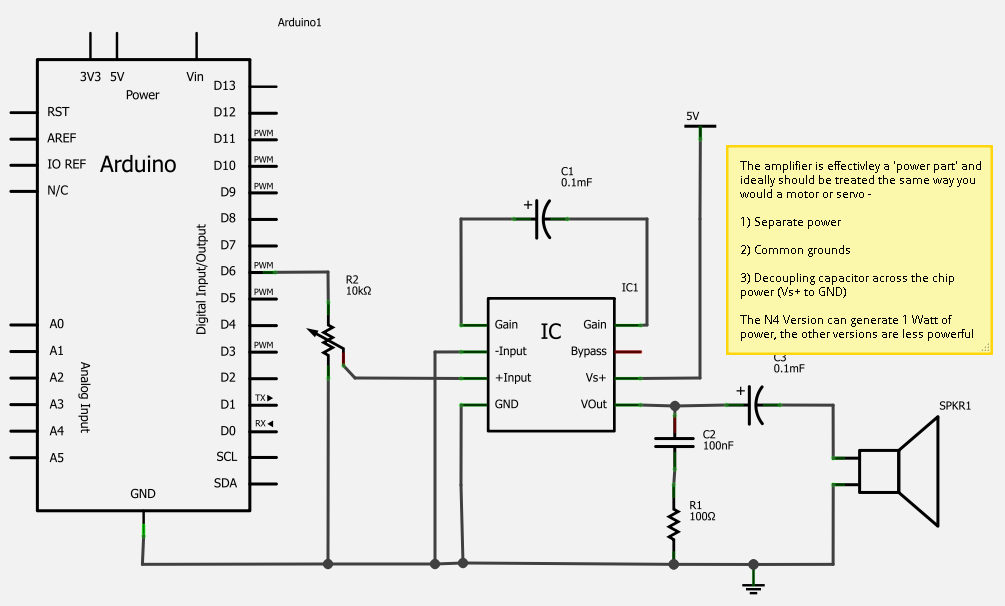
project crystal

This is the initial phase of an Arduino-controlled PWM RGB LED project, which incorporates distance and PIR sensor control along with a sleep mode feature.
The project utilizes an Arduino microcontroller to manage a Pulse Width Modulation (PWM) RGB LED, allowing for dynamic color changes based on sensor inputs. The integration of a distance sensor and a Passive Infrared (PIR) sensor facilitates interactive control of the LED lighting. The distance sensor measures the proximity of an object, enabling the color or brightness of the RGB LED to adjust based on how close the object is. Meanwhile, the PIR sensor detects motion, triggering the RGB LED to illuminate when movement is detected in its vicinity.
The PWM functionality allows for smooth transitions between colors, enhancing the visual appeal of the project. This is achieved by varying the duty cycle of the PWM signal sent to each color channel of the RGB LED. The Arduino code can be programmed to create specific color patterns or responses based on the data received from the sensors.
In addition to the active control features, the project includes a sleep mode to conserve power when no motion is detected for a specified duration. During sleep mode, the Arduino reduces its power consumption, which is particularly beneficial for battery-operated applications. The system can be programmed to wake up automatically upon detecting motion from the PIR sensor or when the distance sensor senses an object within a defined range.
Overall, this project exemplifies the integration of sensors with microcontroller technology to create an interactive LED lighting system that is both functional and efficient. The combination of distance and motion sensing with PWM control facilitates a wide range of applications, from decorative lighting to practical alert systems.This is the first part of my Arduino controlled PWM RGB LED project, featuring distance / PIR sensor control and sleep mode.. 🔗 External reference
The project utilizes an Arduino microcontroller to manage a Pulse Width Modulation (PWM) RGB LED, allowing for dynamic color changes based on sensor inputs. The integration of a distance sensor and a Passive Infrared (PIR) sensor facilitates interactive control of the LED lighting. The distance sensor measures the proximity of an object, enabling the color or brightness of the RGB LED to adjust based on how close the object is. Meanwhile, the PIR sensor detects motion, triggering the RGB LED to illuminate when movement is detected in its vicinity.
The PWM functionality allows for smooth transitions between colors, enhancing the visual appeal of the project. This is achieved by varying the duty cycle of the PWM signal sent to each color channel of the RGB LED. The Arduino code can be programmed to create specific color patterns or responses based on the data received from the sensors.
In addition to the active control features, the project includes a sleep mode to conserve power when no motion is detected for a specified duration. During sleep mode, the Arduino reduces its power consumption, which is particularly beneficial for battery-operated applications. The system can be programmed to wake up automatically upon detecting motion from the PIR sensor or when the distance sensor senses an object within a defined range.
Overall, this project exemplifies the integration of sensors with microcontroller technology to create an interactive LED lighting system that is both functional and efficient. The combination of distance and motion sensing with PWM control facilitates a wide range of applications, from decorative lighting to practical alert systems.This is the first part of my Arduino controlled PWM RGB LED project, featuring distance / PIR sensor control and sleep mode.. 🔗 External reference





